Celebrating Kwanzaa: Honor African Heritage All Over the Home
http://decor-ideas.org 12/21/2014 19:13 Decor Ideas
If you feel like extending your holiday festivities beyond Christmas, then consider embracing Kwanzaa, a weeklong celebration honoring African heritage in African American culture and throughout the African diaspora. Kwanzaa festivities begin the day after Christmas and continue through January 1, culminating in a feast and gift giving.
Created by Maulana Karenga in 1966, Kwanzaa was intended to help African Americans reconnect with their African cultural and historical heritage through meditation and the study of African traditions and Nguzu Saba, the seven principles of African heritage.
Here are some ways to infuse your home with the spirit of Kwanzaa into the new year — and beyond.
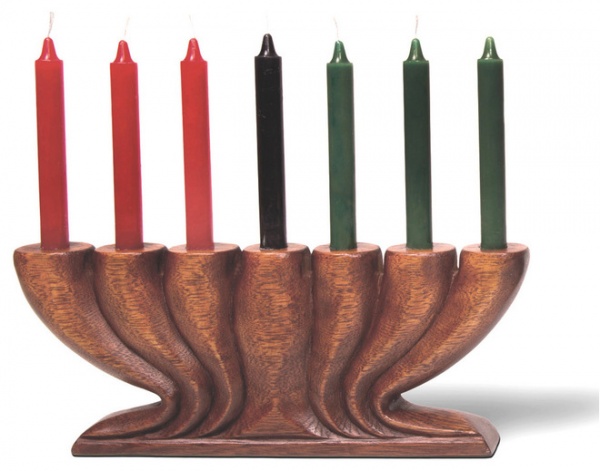
The seven principles of Kwanzaa are as follows:
1. Umoja (oo-MO-jah): Unity
2. Kujichagulia (koo-jee-chah-goo-LEE-ah): Self-determination
3. Ujima (oo-JEE-mah): Collective work and responsibility
4. Ujamaa (oo-jah-MAH): Collective economics
5. Nia (NEE-ah): Purpose
6. Kuumba (koo-OOM-bah): Creativity
7. Imani (ee-MAH-nee): Faith
The principles are expressed by the use of a kinara, which holds seven candles — three red, three green and one black — which can be purchased at a local craft store or from a store specializing in African wares.
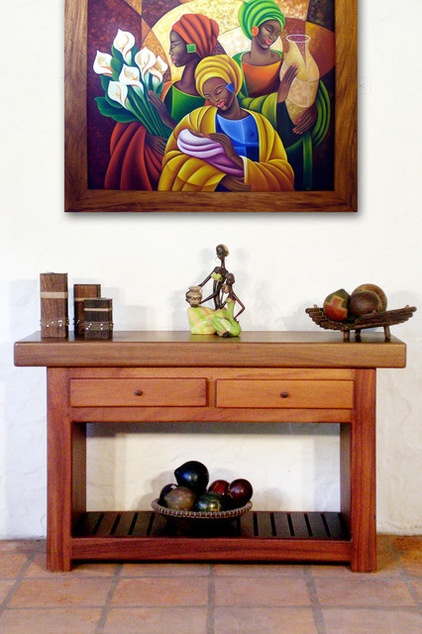
The kinara can be placed on any table but is traditionally set atop a console table in the entryway, or is used as the centerpiece on a dining table.
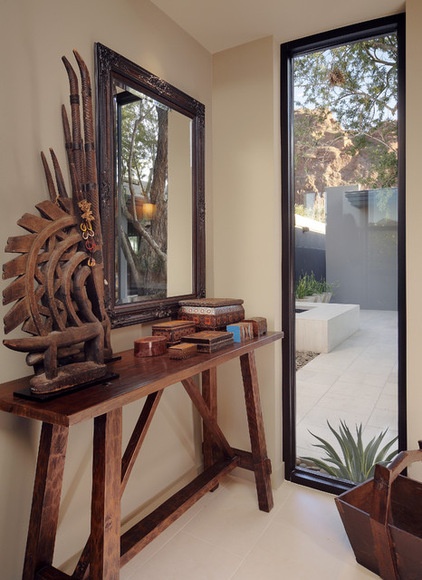
You can layer that console table with other African-influenced pieces, like this carved wood sculpture or these trinket boxes.
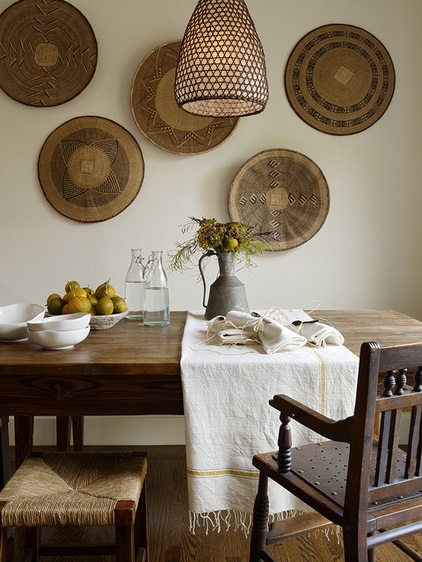
Once the kinara and candles have been placed, it’s time to get busy adding loads of Kwanzaa influence to your decor. Use textures and fabrics in the style of African artisans to create vignettes throughout the home.
Tip: Hanging woven baskets on a wall is a great way to showcase textures from Africa or the African diaspora. Affix the baskets with Command strips or attach wires and hang them from nails.
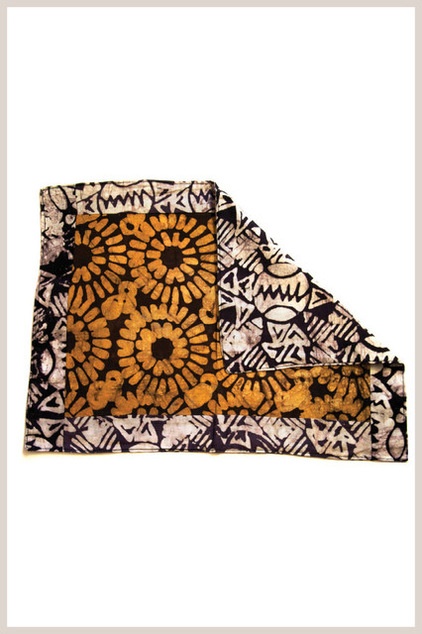
African-themed fabric like this makes a great table runner or placemat.
Tip: You can purchase fabric from a local fabric store and create your own runner by binding the edges with Stitch Witchery.
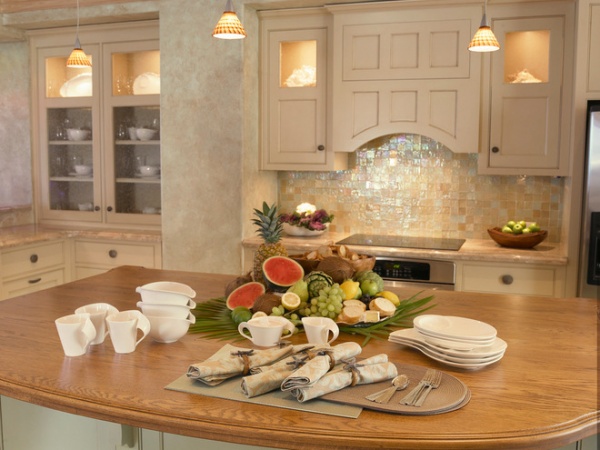
With the table set, it’s time to add a display of fruits and vegetables to showcase the harvest theme that’s also central to the spirit of Kwanzaa.
Tip: Choose fruits and vegetables that can withstand being on display for a week, like corn, pineapples and yams. You can also create a daily display of items that are meant to be consumed at each gathering to ensure a fresh and new display each day of Kwanzaa.
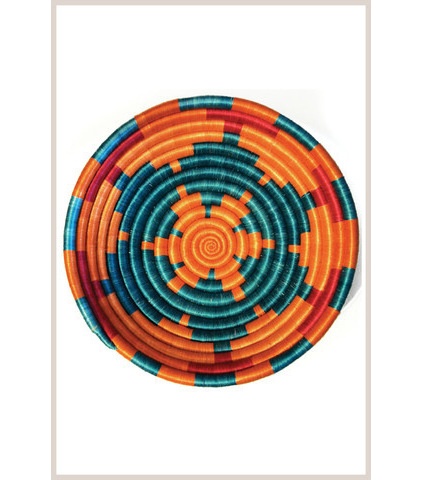
Orange Burst Plateau Basket - $48Add color and texture to your table setting by using colorful serving bowls for breads and fruits.
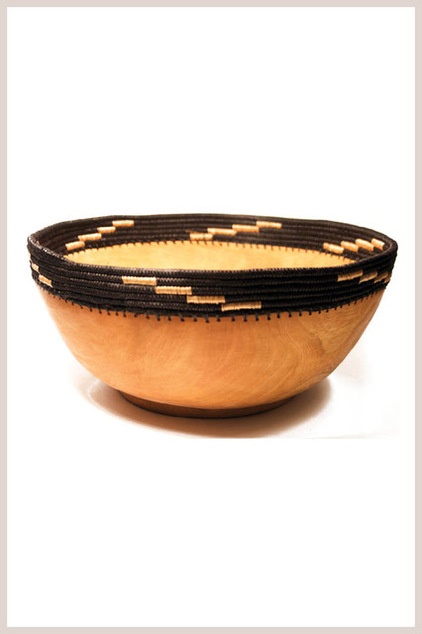
Copabu Wooden Bowl - $60Or use deeper bowls like these for hot items like rice, yams or sweet potatoes.
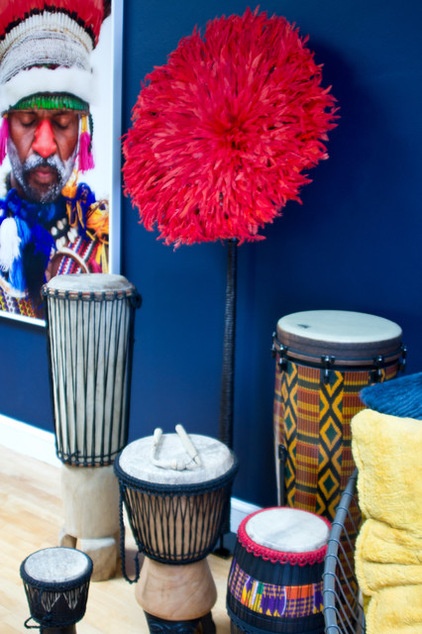
To fully embrace the spirit of Kwanzaa in other areas of the home, add layers of Afrocentric pieces.
Tip: Choose a corner in your living or family room to display a collection of drums or art you’ve acquired on your travels.
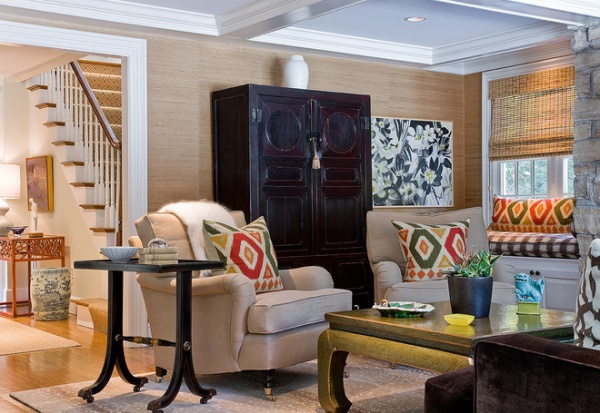
Switch out your standard throw pillows for a few bold pillows made of African-inspired textiles.
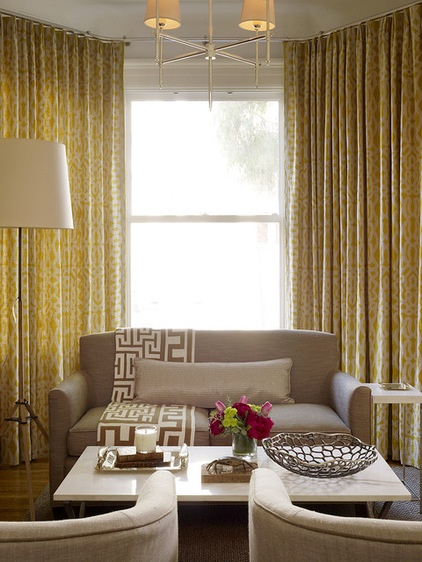
Or add a simple throw to your living room sofa or chairs.
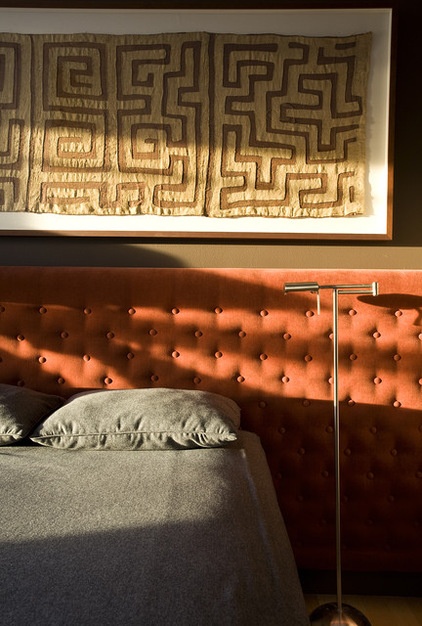
In the bedroom frame a piece of African fabric and use it as art above your headboard or on a focal wall.
Tip: There’s no need — or much time — for custom framing. Try a stock frame with matting from Target or Ikea to give the appearance of custom framing (at a fraction of the price).
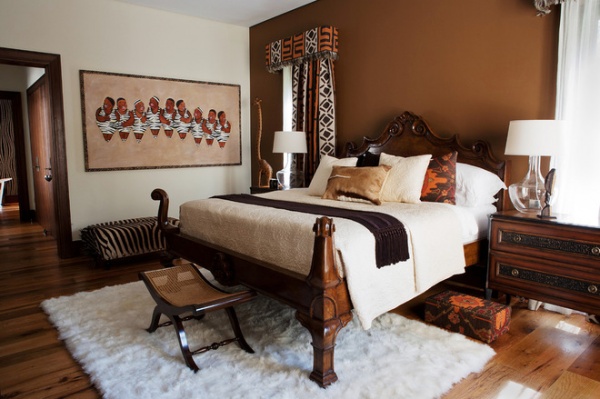
If you’re especially handy, consider making some curtains out of African fabric.
Tip: Consider draping the fabric over your existing curtain rods to create a swag effect. This adds instant color and an African touch with minimal effort.
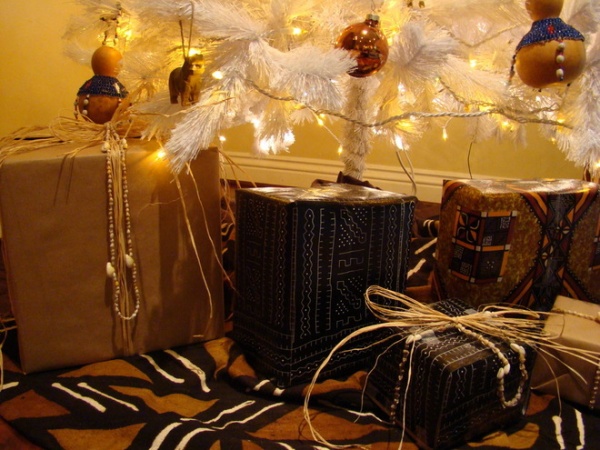
Since Kwanzaa ends with gift giving, consider wrapping them in African-themed paper. Instead of a bow or traditional ribbon, use beaded gourds or beaded leather amulets adorned with West African cowrie shells on gifts or on that Christmas tree that’s still hanging on for dear life.
Tell us: Do you celebrate Kwanzaa? If so, what items have you used throughout your home to instill the spirit of this tradition?
More: Culture an African Look With Artifacts
Related Articles Recommended












